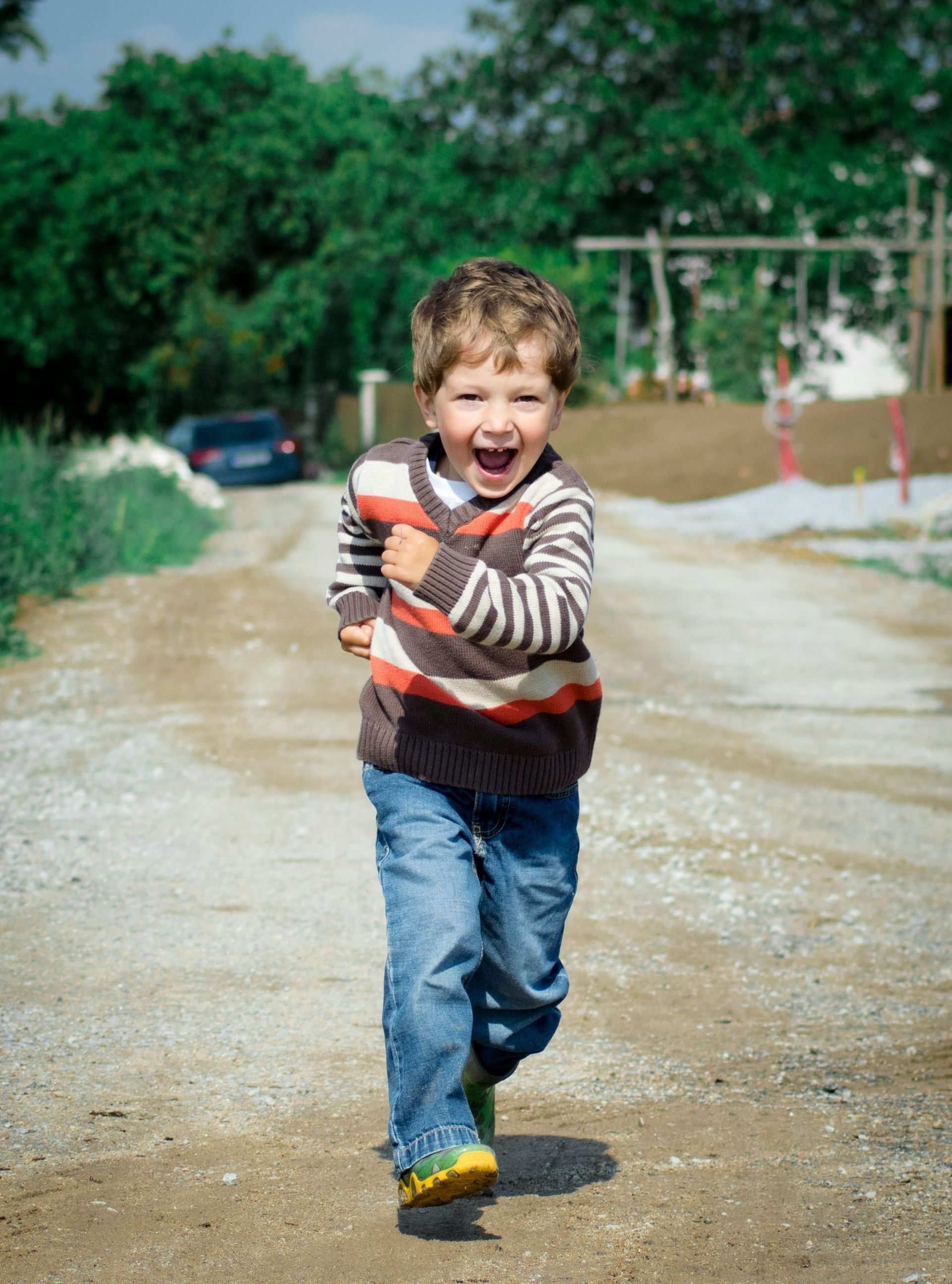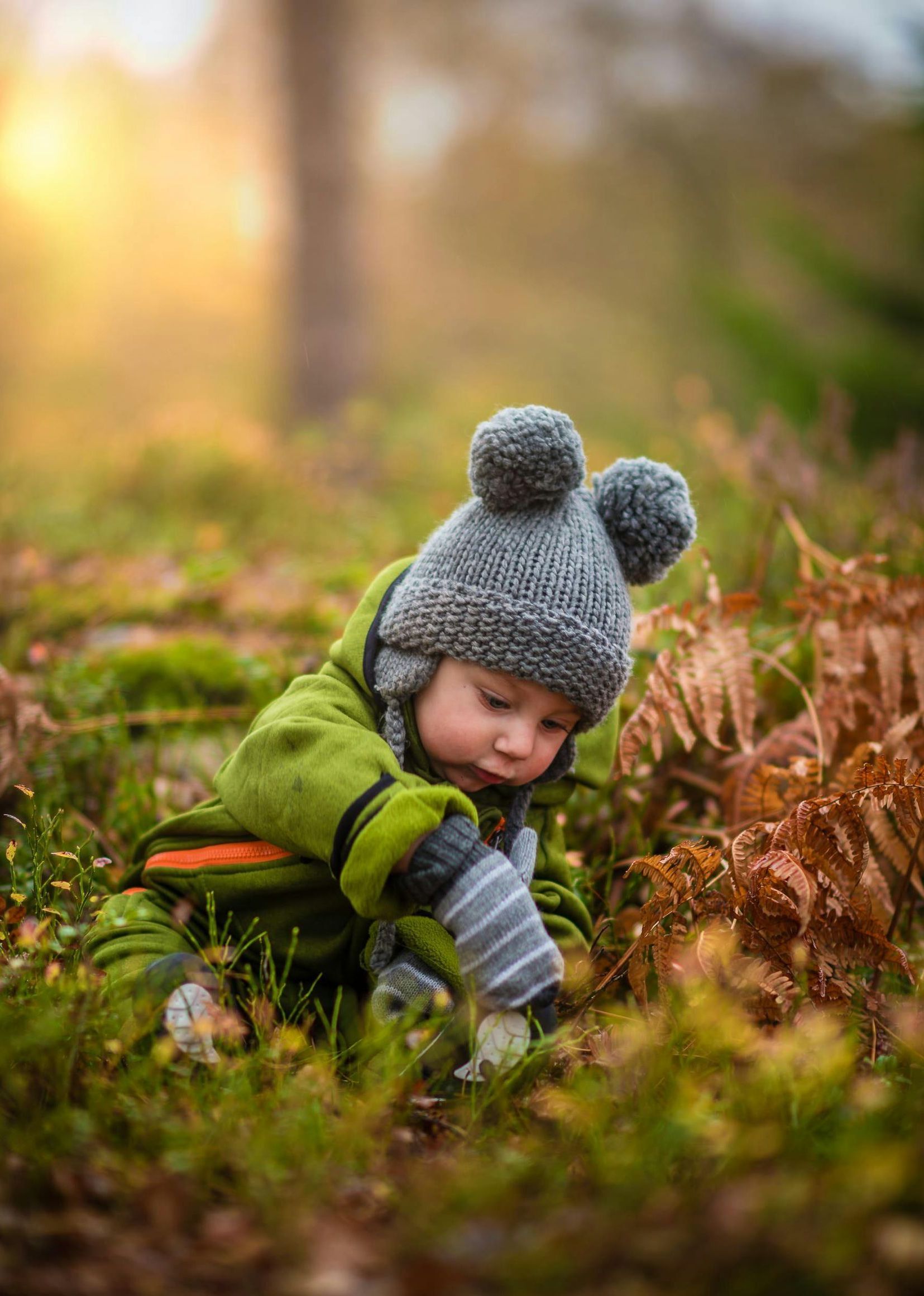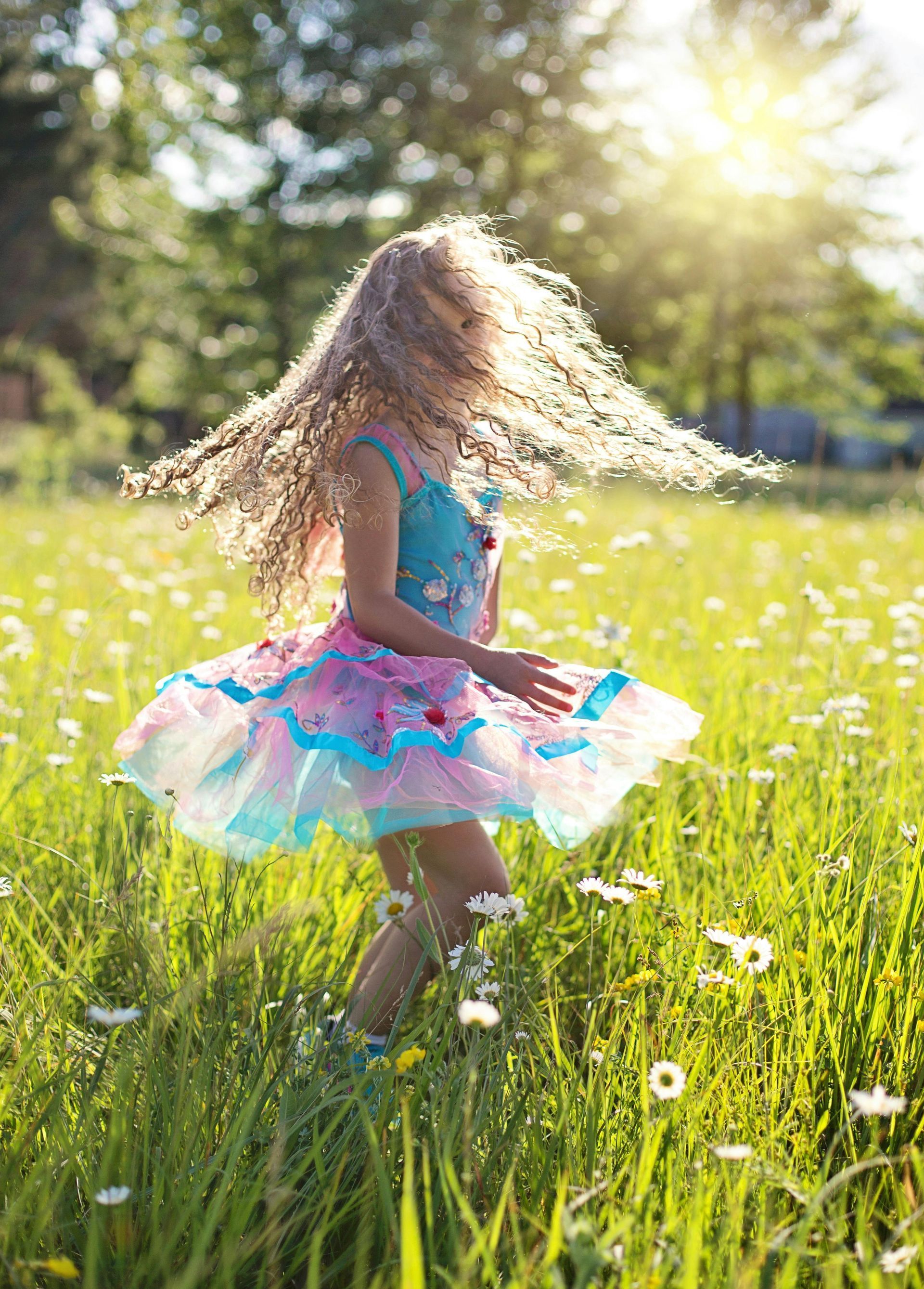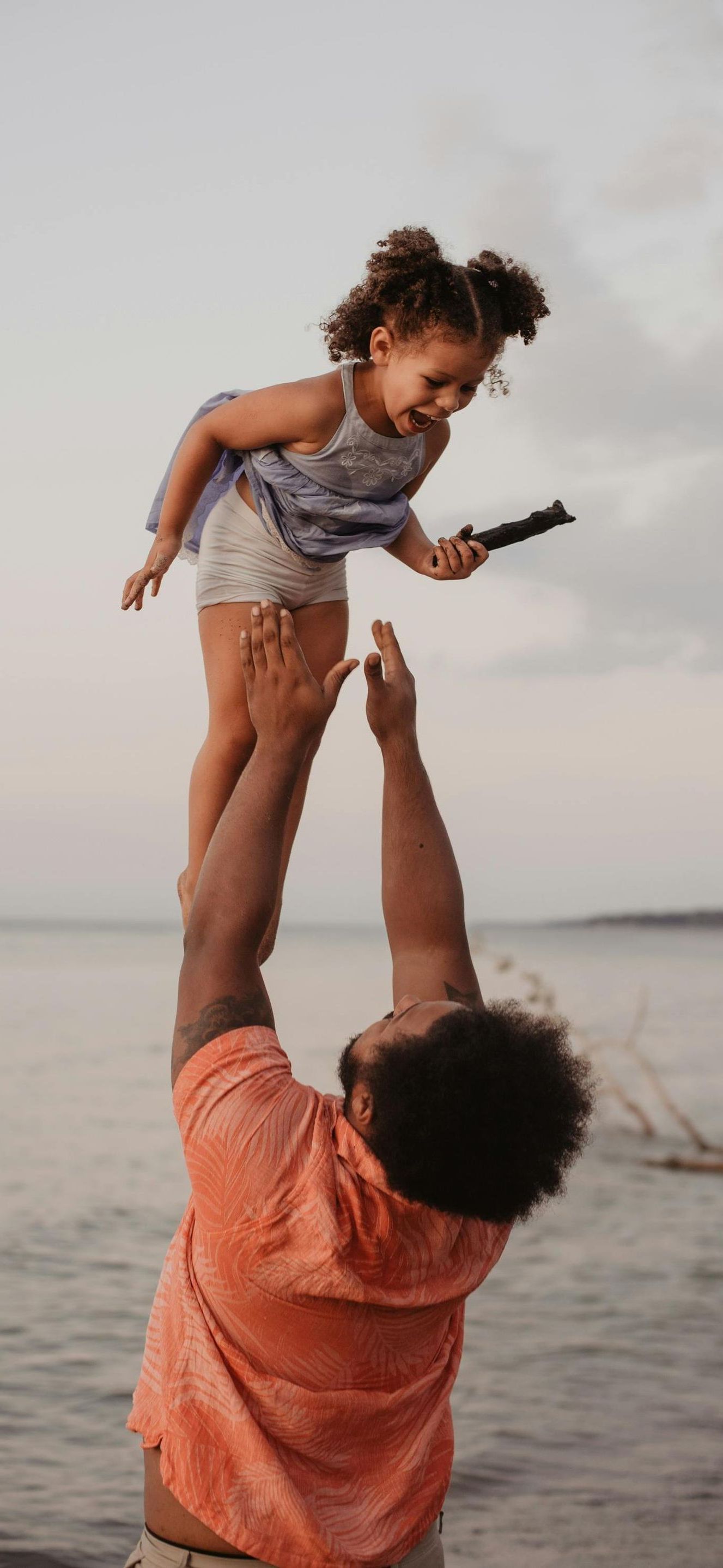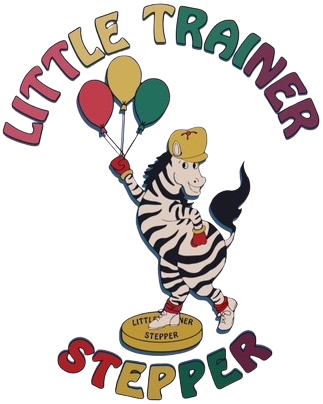Step Into Confidence: How Active Toys Help Kids Build Coordination and Self-Esteem
The Power of Play
In today’s tech-saturated world, helping kids stay active can be a challenge—but it’s also more important than ever. Active play has a direct impact on childhood development, influencing not just physical health, but also emotional well-being, social skills, and academic performance. For parents looking to encourage movement in a fun and engaging way, active toys like steppers offer a perfect solution.
Let’s explore how active toys support the development of coordination and self-esteem in children—and why they should be part of every child’s daily routine.
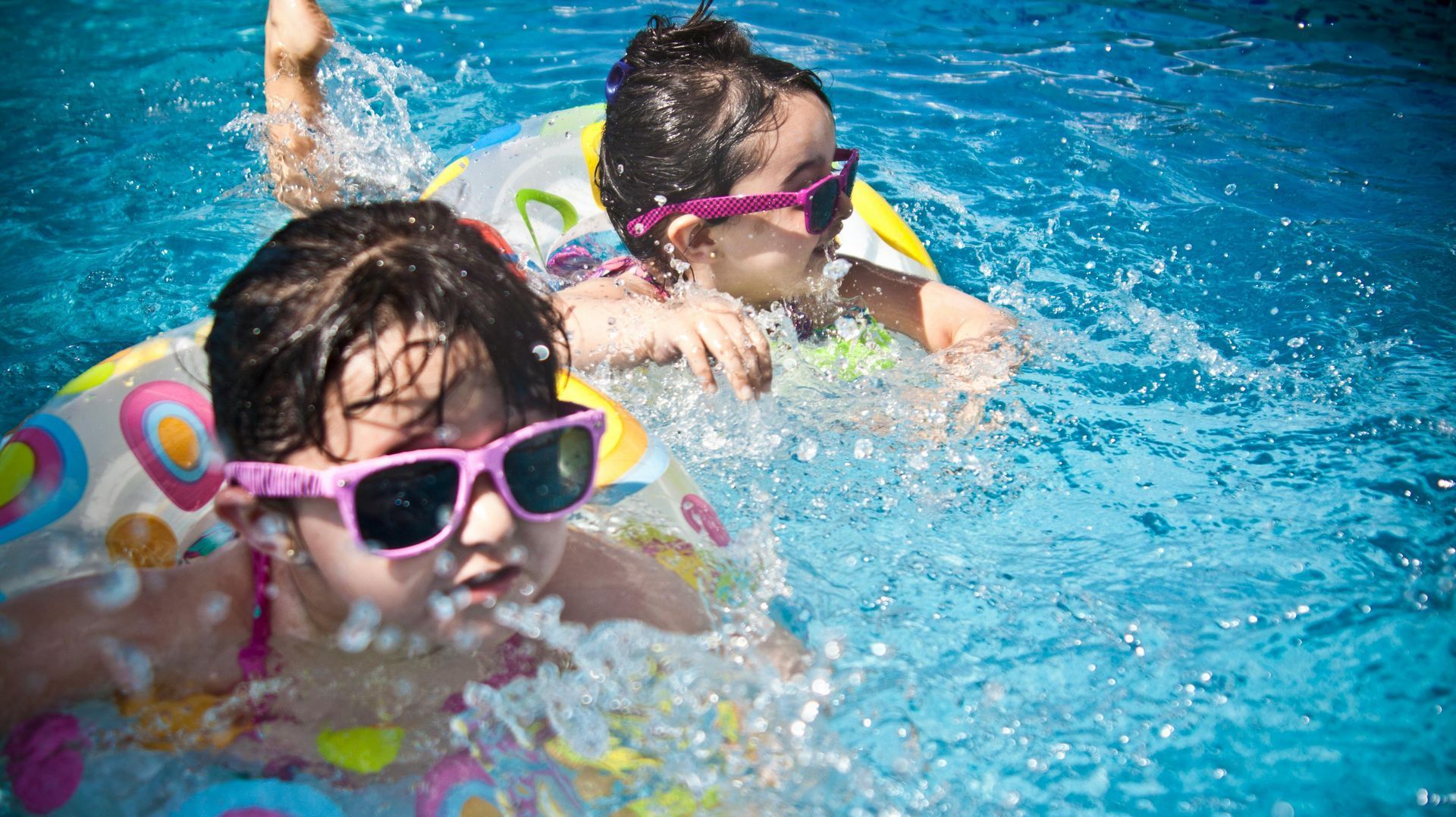
The Importance of Physical Activity in Childhood
Physical activity isn’t just about burning energy—it’s a cornerstone of healthy development. According to the Centers for Disease Control and Prevention (CDC), kids who stay active enjoy a range of benefits, including stronger muscles and bones, better cardiovascular fitness, and lower stress levels. Perhaps more importantly, regular activity supports brain development and boosts mood.
In an era where screen time is climbing, incorporating toys that naturally promote physical engagement is essential. Toys that encourage movement, like the Kids Stepper, help children build healthy habits early.
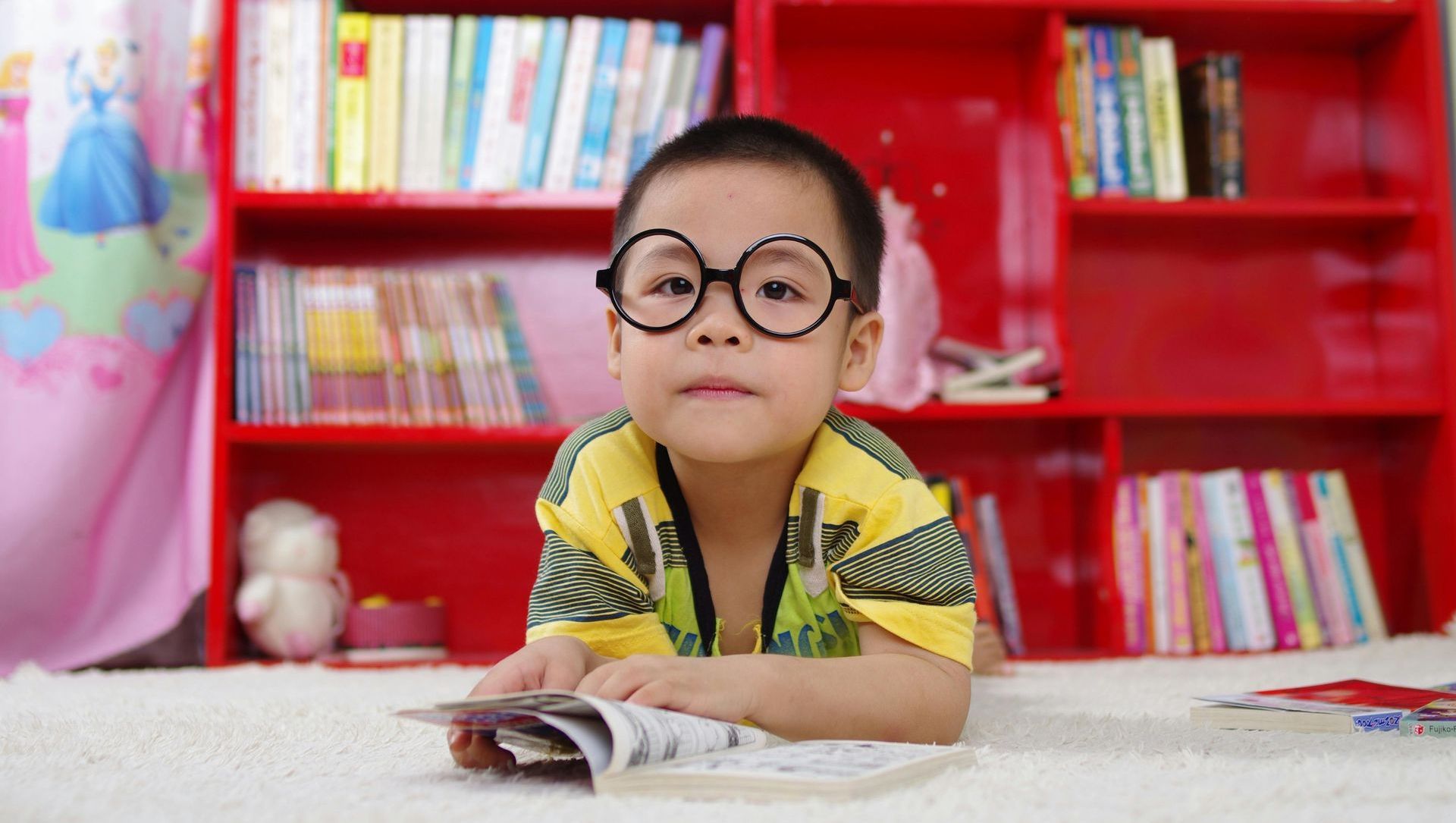
Building Self-Esteem with Active Play
A sense of mastery and accomplishment plays a major role in building self-esteem. When children engage with physical toys that challenge them—like steppers—they gain a sense of achievement from setting goals and meeting them. Whether it’s jumping higher, stepping faster, or simply staying balanced, each small success adds to their confidence.
The connection between physical activity and self-esteem is well established. A systematic review in Health Education Research concluded that exercise has short-term positive effects on self-esteem among children and adolescents. These effects often carry over into the classroom and social settings, helping kids feel more secure and capable.
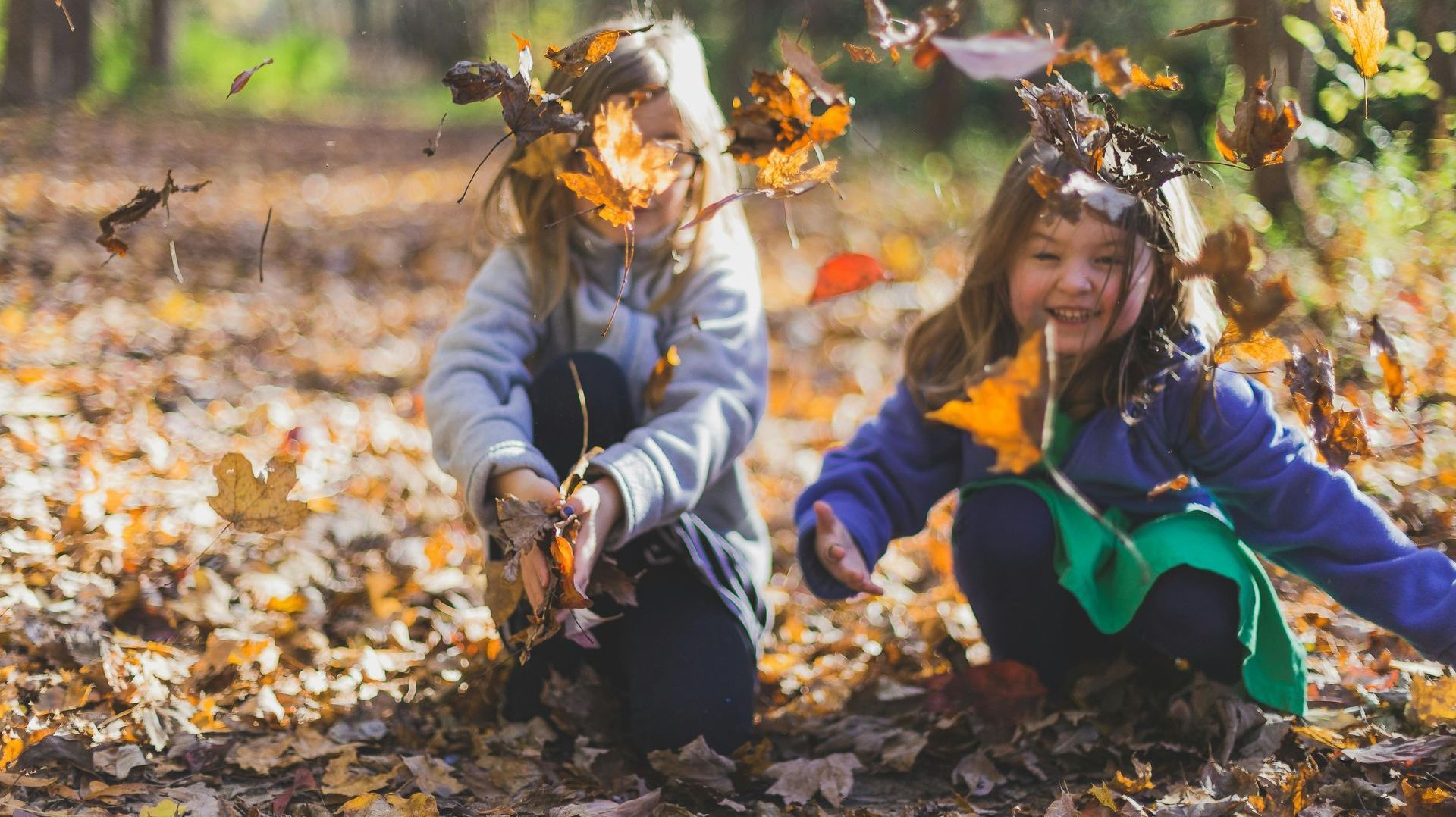
The Role of Active Toys in Development
Active toys are more than just entertainment—they’re developmental tools. They promote what educators call “whole-child development,” which includes physical, emotional, and cognitive growth. Toys like the Kids Stepper make physical activity fun and accessible, encouraging kids to explore, test limits, and interact with their environment in new ways.
According to the National Academies of Sciences, Engineering, and Medicine, physical activity contributes to improved mental health, cognitive function, and academic performance. The act of moving boosts endorphins and neurotransmitters, which improve focus and reduce anxiety.
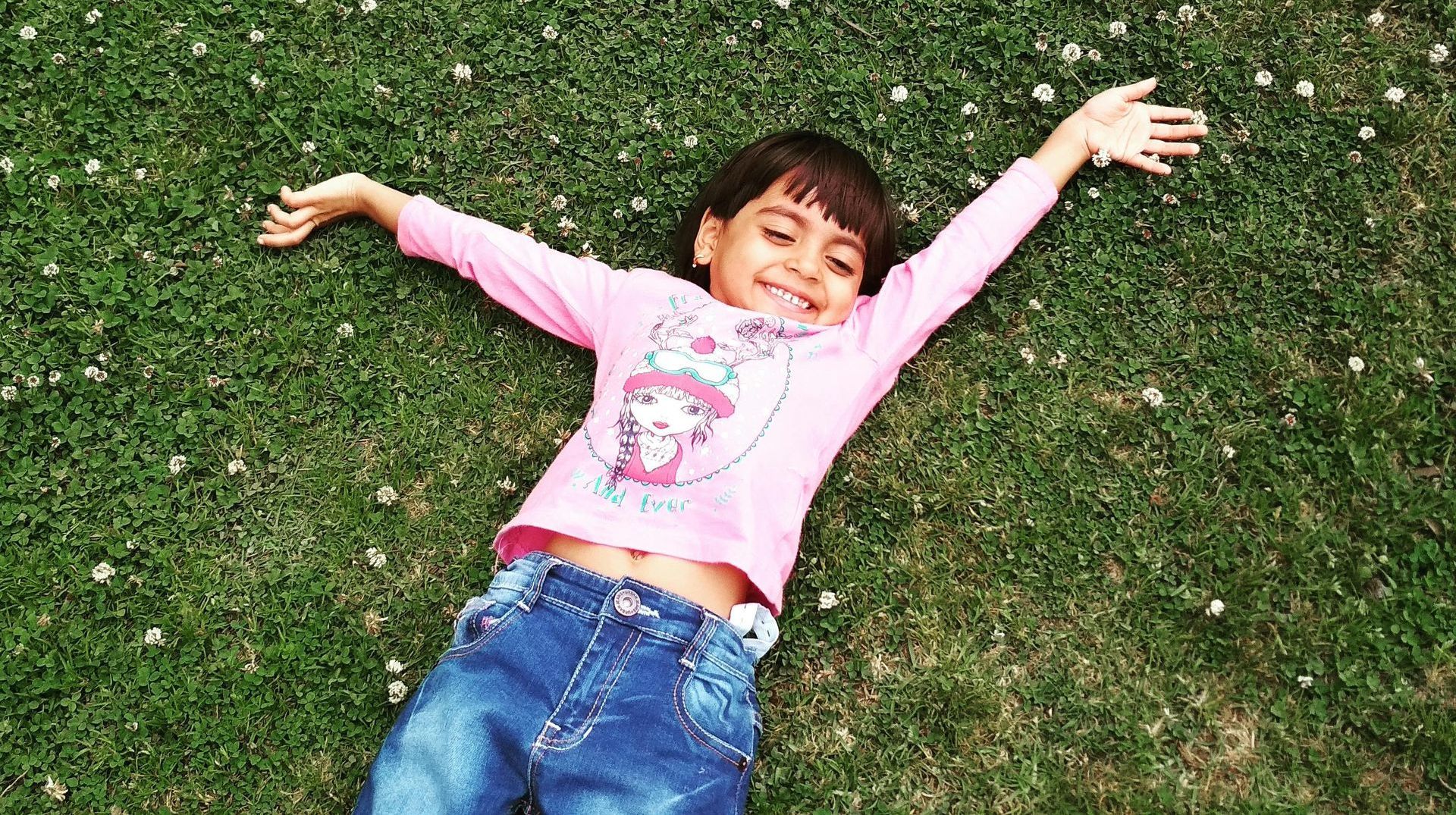
Making Active Play Part of Daily Life
Busy schedules and tight spaces don’t have to get in the way of physical activity. Active toys like steppers are compact, affordable, and easy to use indoors or outside. They provide a great alternative to screen-based activities and can be incorporated into a daily routine with little effort.
The CDC’s Comprehensive Physical Activity Strategies recommend integrating physical play into home, school, and community settings. Steppers, obstacle courses, dancing games, and interactive challenges are just a few simple ways to get kids moving.
Encouraging active play through fun and engaging toys is one of the best gifts you can give a child. Toys like the Kids Stepper not only support physical health—they also help kids build coordination, develop confidence, and foster a positive relationship with movement. At Little Trainer Stepper, we’re committed to creating products that inspire joy, exploration, and healthy habits. Because when kids are active, they’re not just having fun—they’re growing stronger, inside and out.
